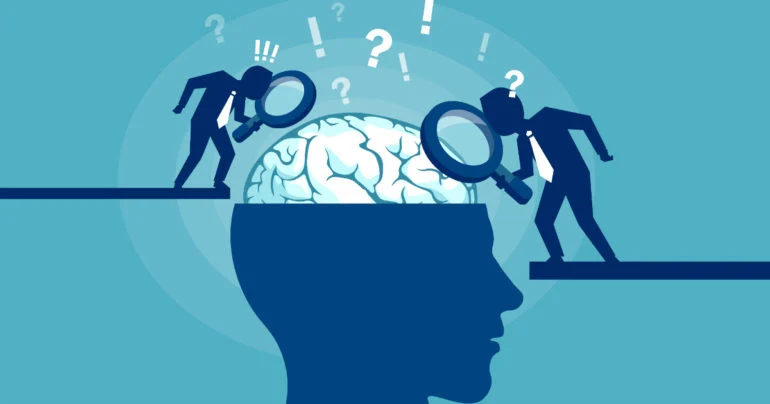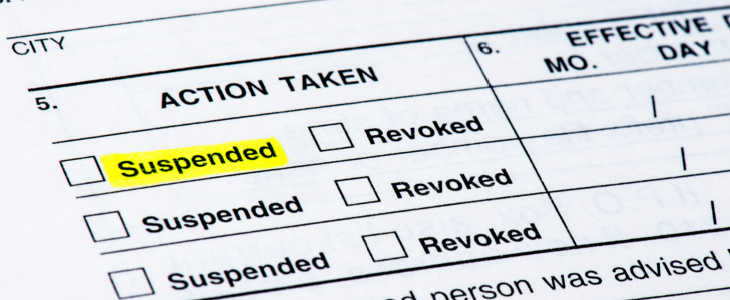205Views

Driving under the influence (DUI) is a serious criminal offense with serious legal and social repercussions, often being an indicator of mental illness.
Comparisons between non-offenders, penalized offenders and convicted offenders reveal some striking trends.
Personality Disorders
Individuals suffering from mental illnesses such as borderline personality disorder or bipolar depression are at increased risk of DUIs due to their inability to properly regulate emotions and impulsivity. They may find it challenging to follow DUI laws and may use alcohol as a self-medication method.
Studies show that people who repeatedly get DUIs have higher levels of mental illness comorbidity as well as more hostility, sensation seeking, and psychopathic deviance than first time offenders.
Personality disorders are patterns of thinking, feeling and behaving that typically emerge during late adolescence or early adulthood and cause distress and problems functioning over time. Without treatment, these maladaptive traits may remain long-lasting; counseling and therapy can provide essential help in understanding negative thoughts and behaviors as well as developing healthier coping mechanisms to better navigate life’s challenges, including DUI arrest. Studies indicate that counseling plays a key role in treating repeat DUI offenders.
Impulsivity
Studies indicate that those with poor impulse control are more prone to risky behaviors such as shoplifting, fighting, fleeing from an accident scene or driving recklessly. Impulsivity has been linked with ADHD and bipolar disorders as well.
Alcohol intoxication has been found to exacerbate the impulsivity of DUI offenders, increasing their tendency for reckless and impulsive driving behavior. A placebo-controlled study discovered that 20 DUI offenders self-reported increased trait impulsivity as well as more impulsive choice behavior and less skillful driving during risky driving simulation scenarios than their demographically matched control group.
Researchers theorize that impulsive aggression could be one of the causes behind DUI offenders fleeing an accident scene instead of facing its repercussions head on, defying responsibility and creating difficulties for legal representation, as it indicates an absence of moral reasoning and fear-based decision making.
Sensation Seeking
Sensation-seeking is often one of the primary factors leading drivers to make irresponsible choices behind the wheel, often correlating with impulsiveness and antisocial behavior (ASB). A recent study that compared 358 first time offenders against 141 multiple offenders found that those charged multiple times had higher sensation seeking scores, hostility levels, psychopath deviance rates and levels of mania than first-timers.
Imagine this: Imagine that, normally adhering to moral and legal norms, a 40-year-old professional often respects laws as moral imperatives, yet at an event he becomes immersed in the moment and drinks more than intended – finding himself driving home with a blood alcohol content (BAC) twice the legal limit – not by habitual criminals but from someone seeking an exciting thrill who made decisions they will regret in the morning.
Low Conscientiousness
People high in conscientiousness possess an admirable work ethic and are typically goal-focused. These individuals tend to be disciplined enough to fulfill all of their responsibilities both professionally and personally, such as taking time to put things back where they belong or not smoking or speeding.
Conscientiousness can be measured using a personality inventory. Test-takers must then rate how they agree or disagree with certain statements such as, “I am always concerned with doing what is right” or “I have difficulty keeping track of my schedule”.
Studies have demonstrated the many positive aspects associated with high conscientiousness; however, low conscientiousness can have detrimental repercussions for one’s health outcomes such as self-reported health status, body mass index (BMI), and substance use. This evidence supports greater integration of personality trait measures into public health research projects to facilitate more optimal trait standing that promotes improved health outcomes.
Peer Influence
Under the influence of alcohol or drugs is an offense with serious legal and social ramifications, often being heavily influenced by peer influence. Studies have confirmed this factor’s significant role in DUI offenders; its influence can have both positive and negative outcomes.
Peer influence serves to encourage similarity and compatibility among friends or affiliate groups. Individuals who share similar attitudes, interests and behaviors tend to get along well together – this is particularly evident when engaging in deviant behavior such as substance abuse or illegal activities together in friendship settings.
Researchers have conducted studies analyzing the predictability of family and friend factors among DUI offenders using construct-level structural equation models. Their analyses indicated that parental monitoring, positive family relations, prosocial peer affiliation, and deviant peer affiliation in adolescence are predictive of future DUI arrests; however, when factor loadings for each of these variables were compared against that of the full family and friendship environment as an overall variable only the latter emerged as a significant predictor.
Lack of Awareness
Drunk or drugged driving is a serious criminal offense with severe legal consequences, including fines, license suspension and potential imprisonment. Furthermore, a DUI conviction and its legal consequences can have lasting repercussions for both an individual’s mental and physical wellbeing.
DUI offenders often do not understand the consequences of their actions and how they may impact others, which contributes to multiple offenses even though they know it could have serious repercussions.
Studies have revealed that DUI offenders often lack awareness of their level of intoxication while behind the wheel, due to impaired short-term memory or reduced perception while impaired. Unfortunately, re-education and awareness-raising courses have failed to make a dent in this particular group of drivers.



